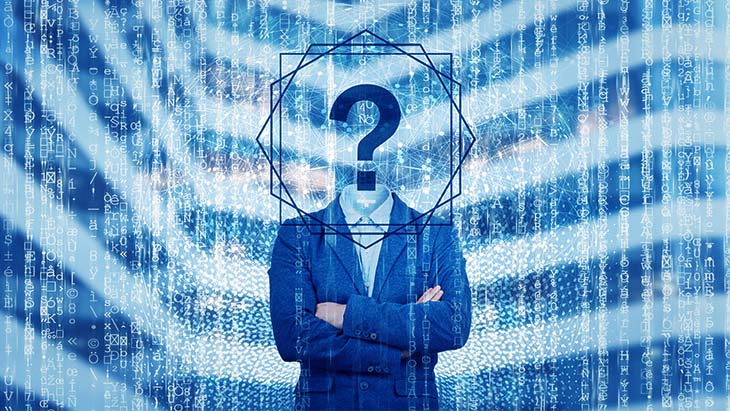
What is Endpoint Privilege Management?
Endpoint privilege management is a crucial aspect of cybersecurity that helps organizations secure their networks and systems against unauthorized access and breaches. In this post, we will take a detailed look at what endpoint privilege management is, its importance, and how to implement it effectively in your organization.
What is Endpoint Privilege Management?
Endpoint privilege management refers to the process of controlling and managing access to network resources and systems at the endpoint level. Endpoints are devices that connect to a network and can include laptops, desktop computers, servers, smartphones, tablets, and other IoT devices.
The main goal of endpoint privilege management is to ensure that only authorized users have access to the resources and systems they need to perform their job duties, while preventing unauthorized users from gaining access. This is accomplished through the use of authentication and authorization methods, such as passwords, two-factor authentication, and digital certificates.
Importance of Endpoint Privilege Management
Endpoint privilege management is important for several reasons:
- Security: Unauthorized access to network resources and systems can lead to data breaches, theft of sensitive information, and other security threats. By controlling access at the endpoint level, organizations can reduce the risk of these types of attacks.
- Compliance: Many industries and sectors have strict regulations around data security and privacy. Endpoint privilege management helps organizations meet these requirements and avoid fines and other penalties for non-compliance.
- Productivity: By granting users access to only the resources and systems they need to perform their job duties, organizations can improve productivity and efficiency.
How to Implement Endpoint Privilege Management
Implementing endpoint privilege management in your organization requires a combination of technology and processes. Here are some steps to consider:
- Identify the endpoints in your organization: The first step is to inventory all the endpoints in your organization, including laptops, desktop computers, servers, smartphones, tablets, and other IoT devices. This will help you understand the scope of your endpoint privilege management efforts.
- Establish policies and procedures: Develop policies and procedures for endpoint privilege management that outline how access will be granted and revoked, how passwords and other authentication methods will be managed, and how user privileges will be assigned.
- Use endpoint security software: Endpoint security software can help you control access to network resources and systems at the endpoint level. Look for software that offers features such as multi-factor authentication (MFA), role-based access control, and real-time monitoring such as Endpoint Privilege Management, Multi-factor Authentication and AAA (Authorization, Authentication, Accounting).
- Train employees: It's important to educate employees about the importance of endpoint privilege management and the role they play in maintaining security. Provide training on how to use endpoint security software and follow established policies and procedures.
- Review and update regularly: Endpoint privilege management is an ongoing process. Review and update your policies and procedures regularly to ensure they are still effective and align with your organization's changing needs.
In Conclusion…
Endpoint privilege management is a critical aspect of cybersecurity that helps organizations secure their networks and systems against unauthorized access and breaches. By implementing the right technology and processes, organizations can improve security, meet compliance requirements, and improve productivity. Kron’s Endpoint Privilege Management solution enables you to manage privileged users across the enterprise more effectively by controlling and monitoring commands and applications that are executed on endpoints.
For more information about our Endpoint Privilege Management solution, contact us and discuss your needs with our expert team.













